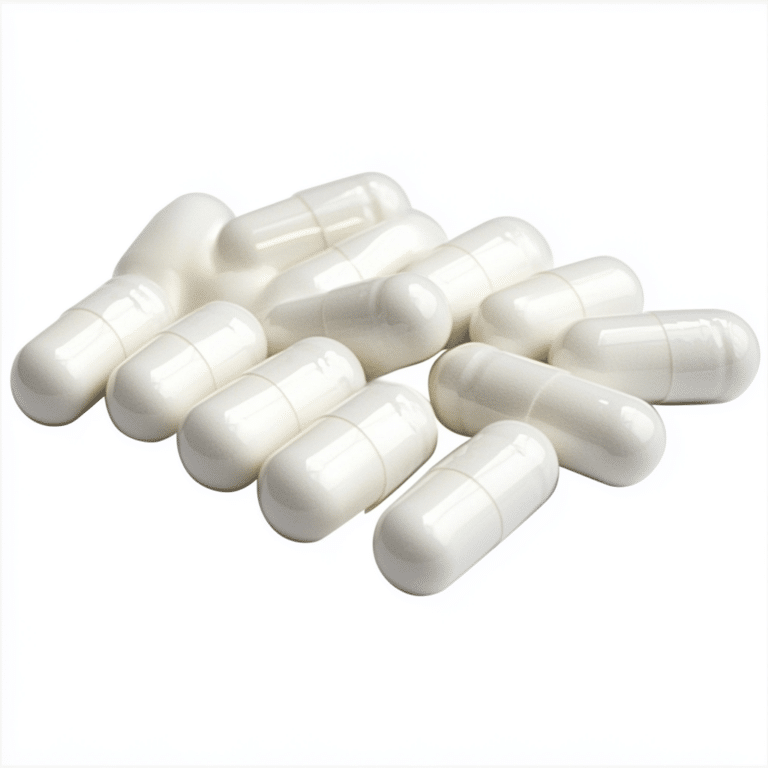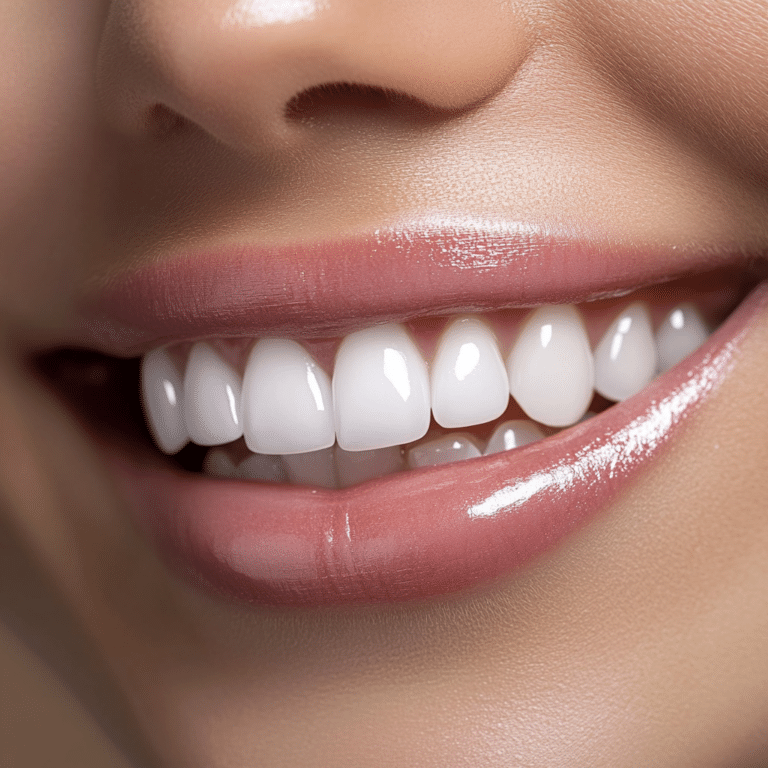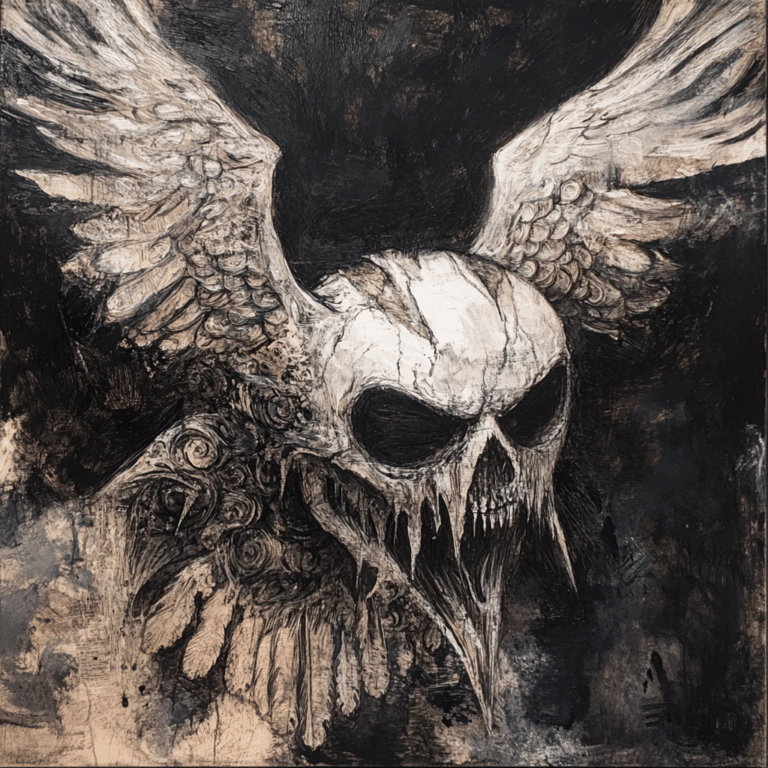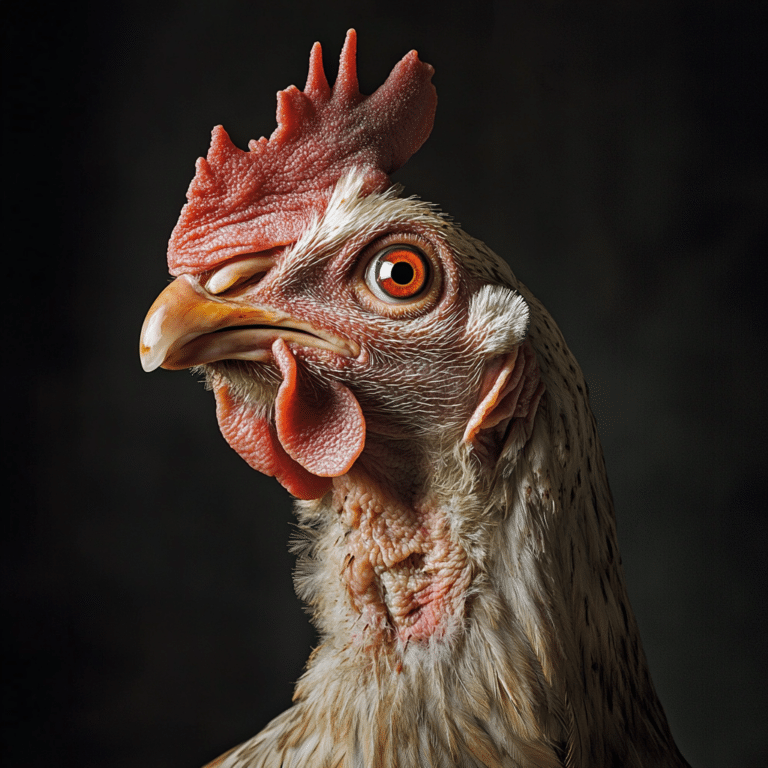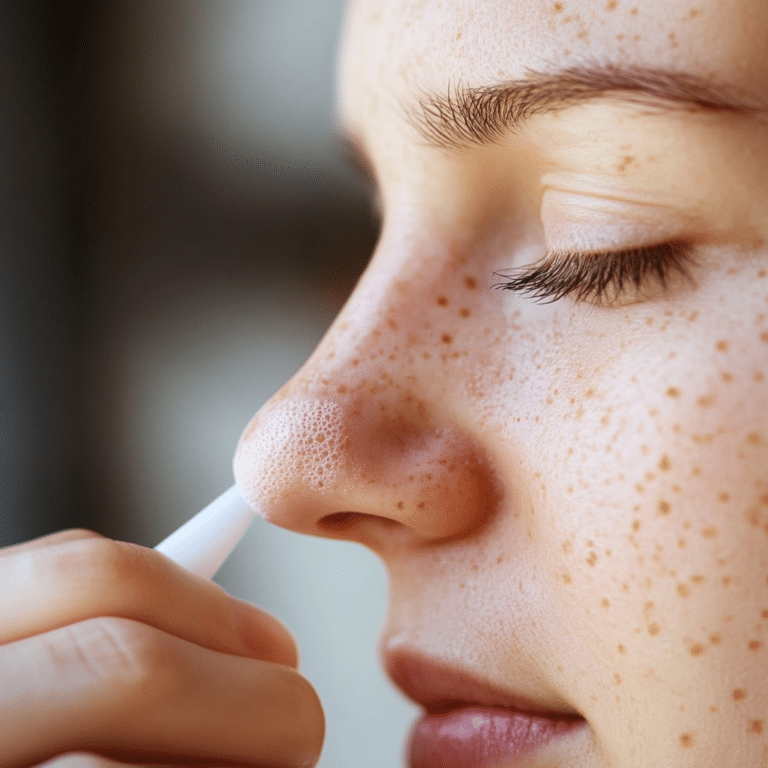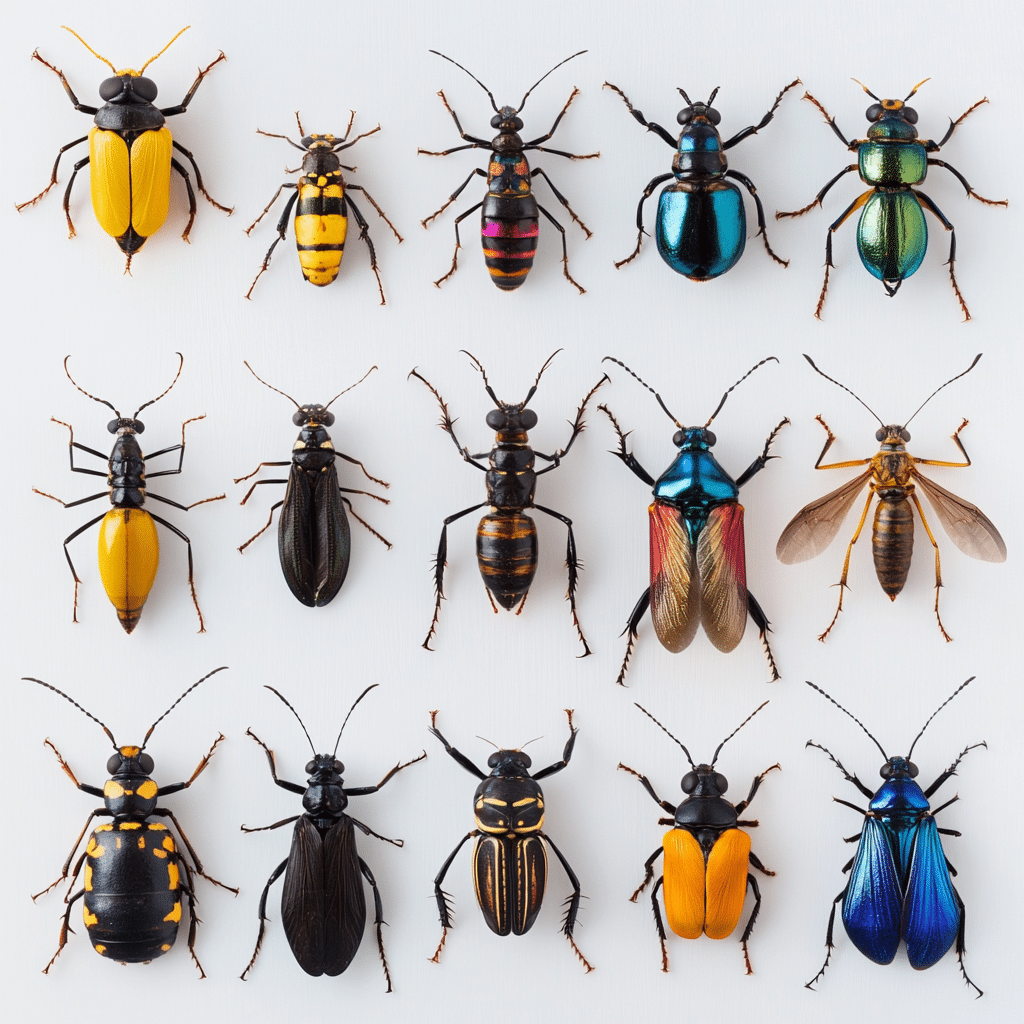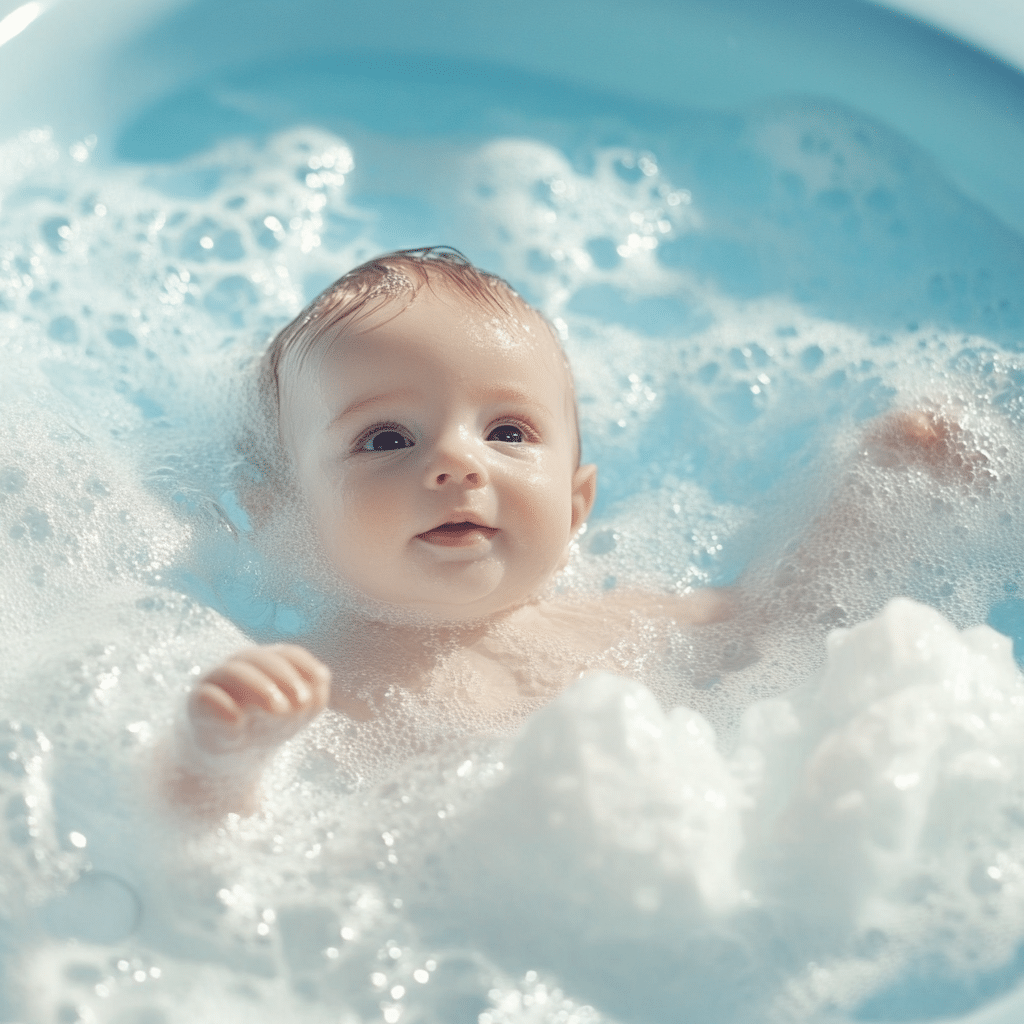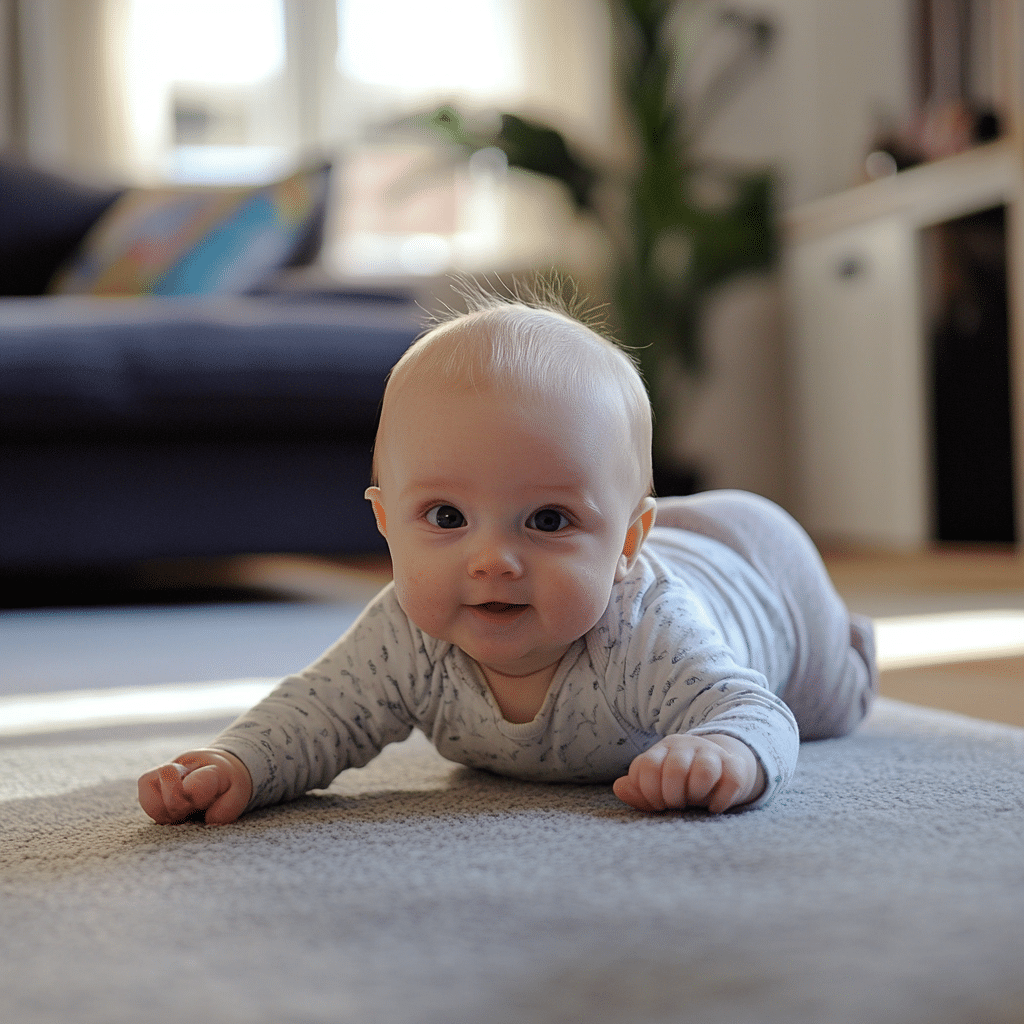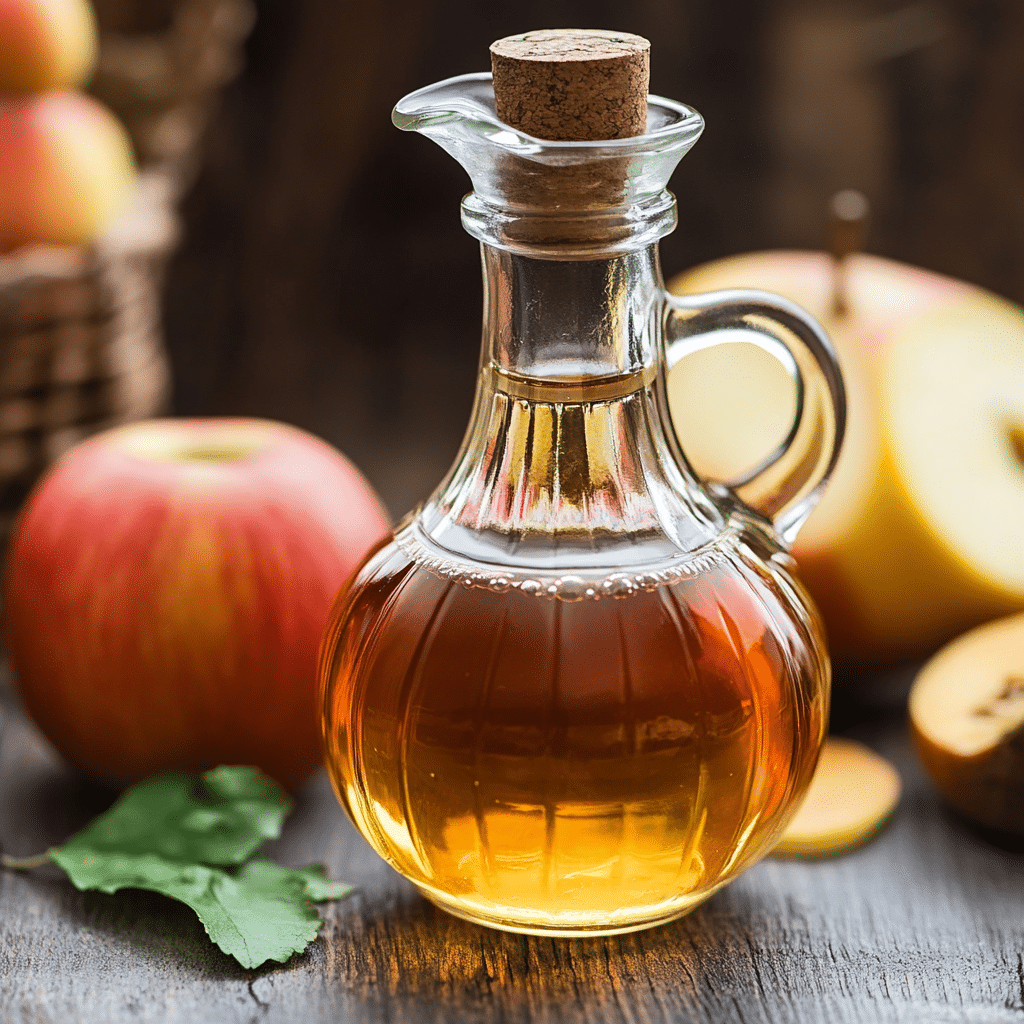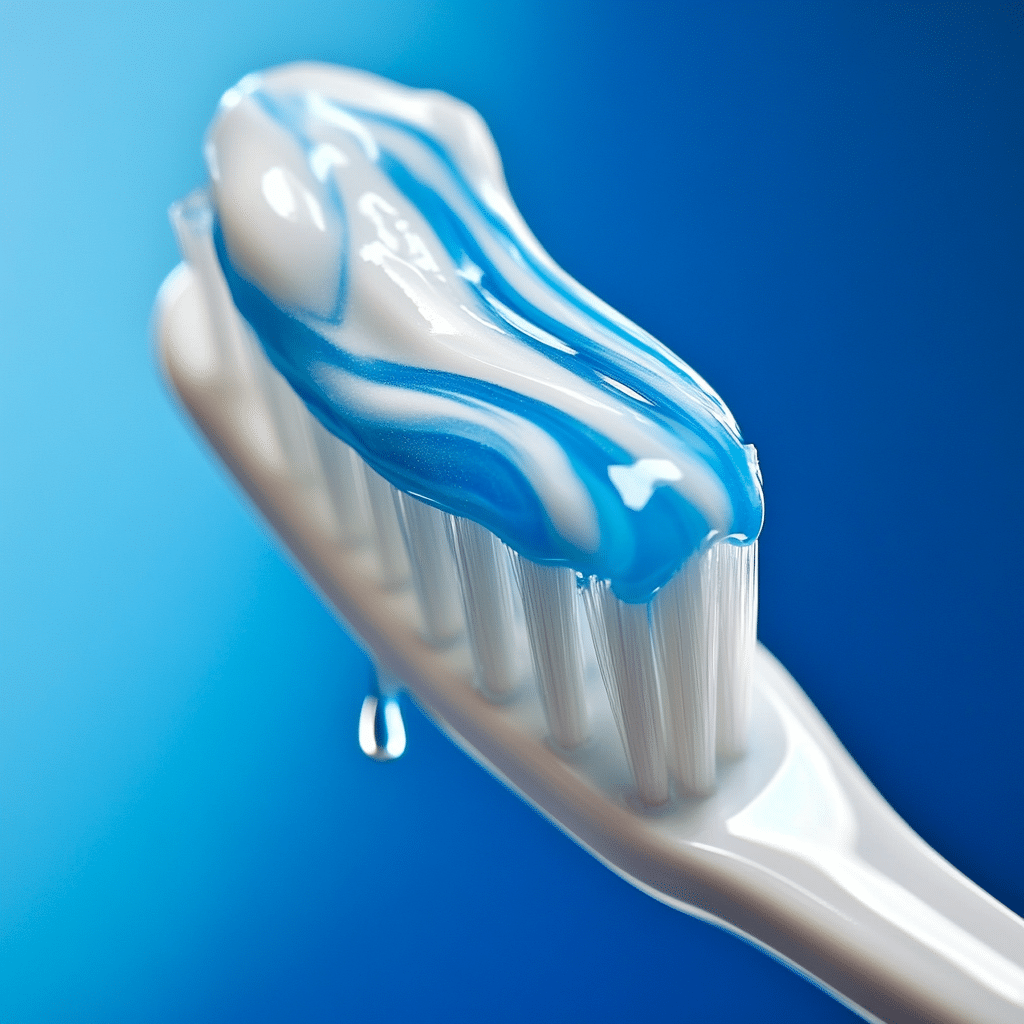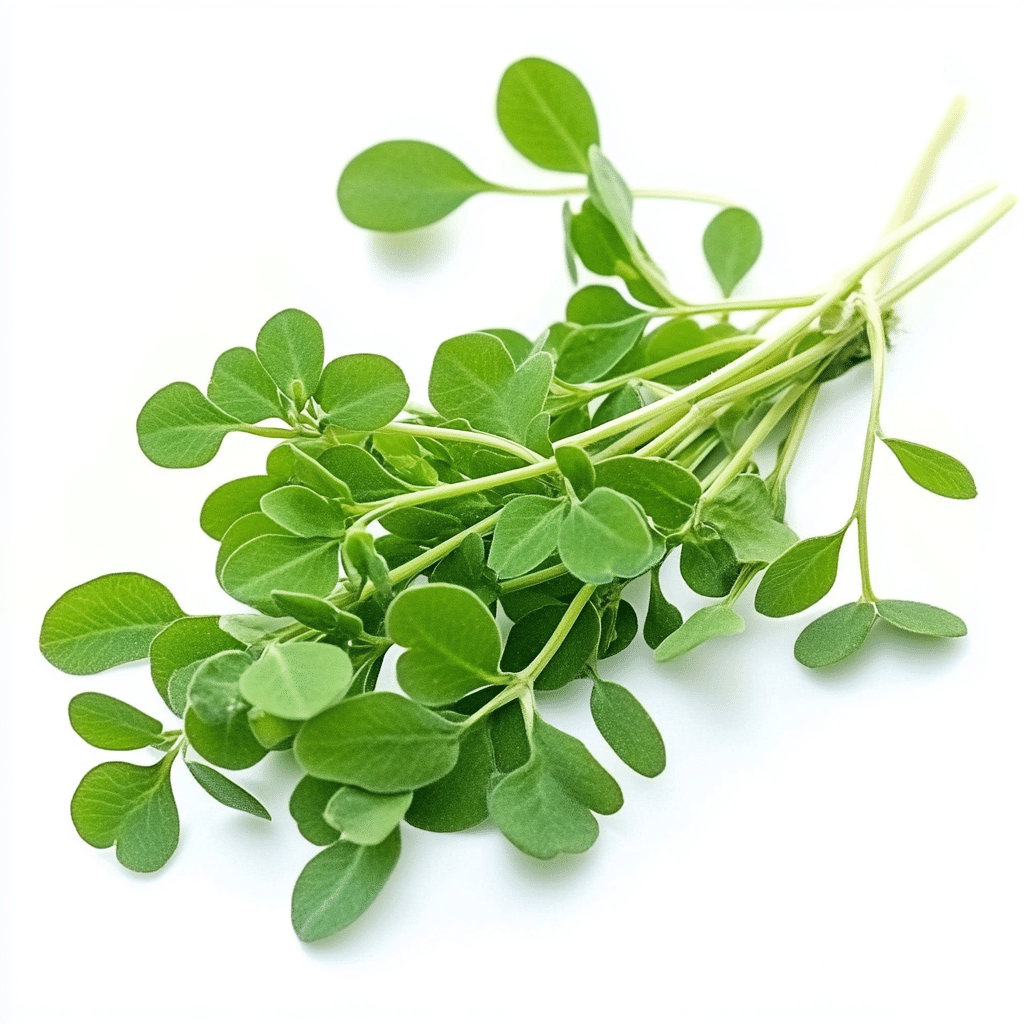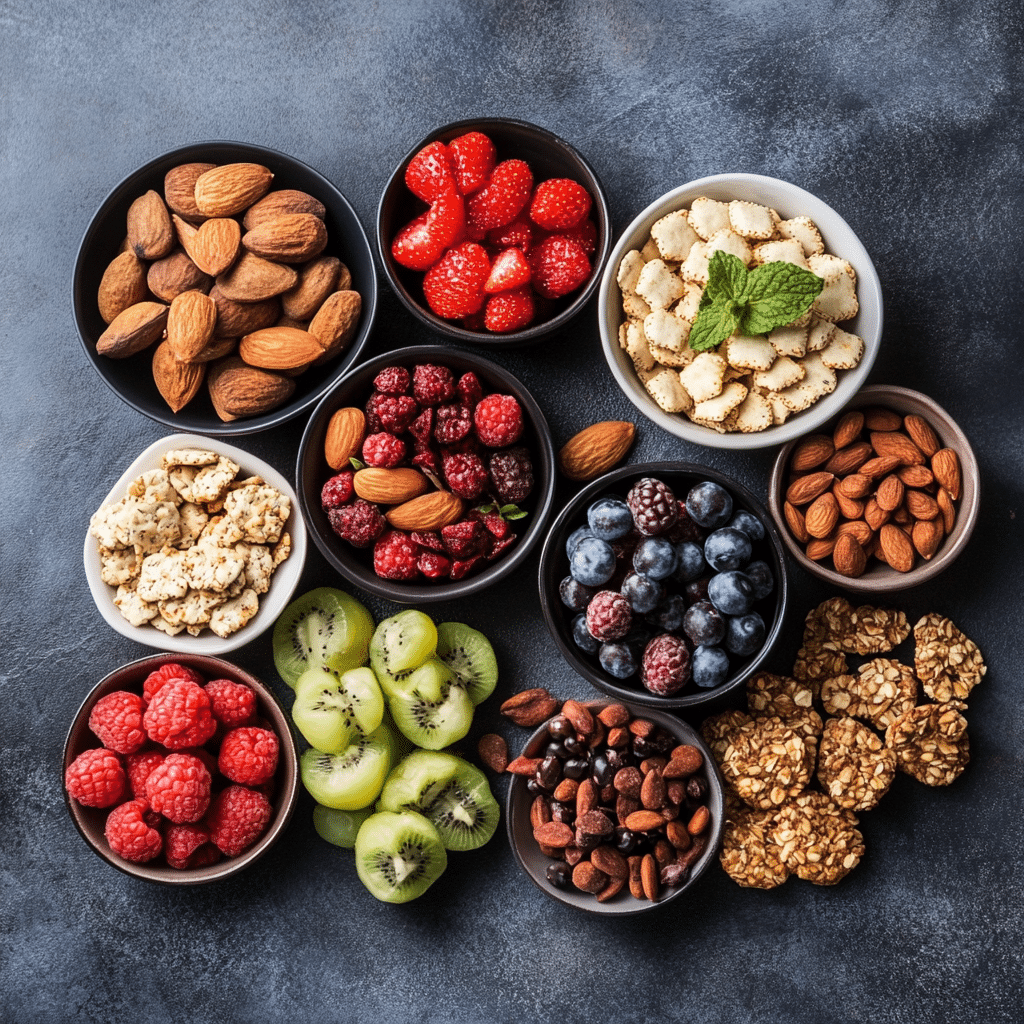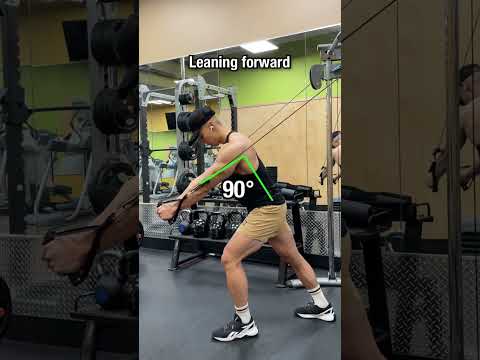
Mastering the Cable Chest Fly for Superior Chest Definition
Are you ready to sculpt your chest into a show-stopping masterpiece? The cable chest fly is your go-to exercise! This bad boy is a cornerstone of bodybuilding and fitness routines designed to build a well-defined chest with striking muscle definition. Unlike traditional bench presses, the cable chest fly zeroes in on the pectoral muscles like a laser beam, allowing for deeper contractions and serious muscle fiber engagement. Whether you’re a weightlifting enthusiast or a competitive athlete, incorporating cable chest flies into your routine will take your chest definition to the next level.
So, what’s the secret sauce? It’s all about technique! You’ve got to nail down the right methods to see those gains. Let’s dive into five killer cable chest fly techniques that will crank up your results. With the right approach, you’ll be blasting through your workouts and turning heads wherever you go.
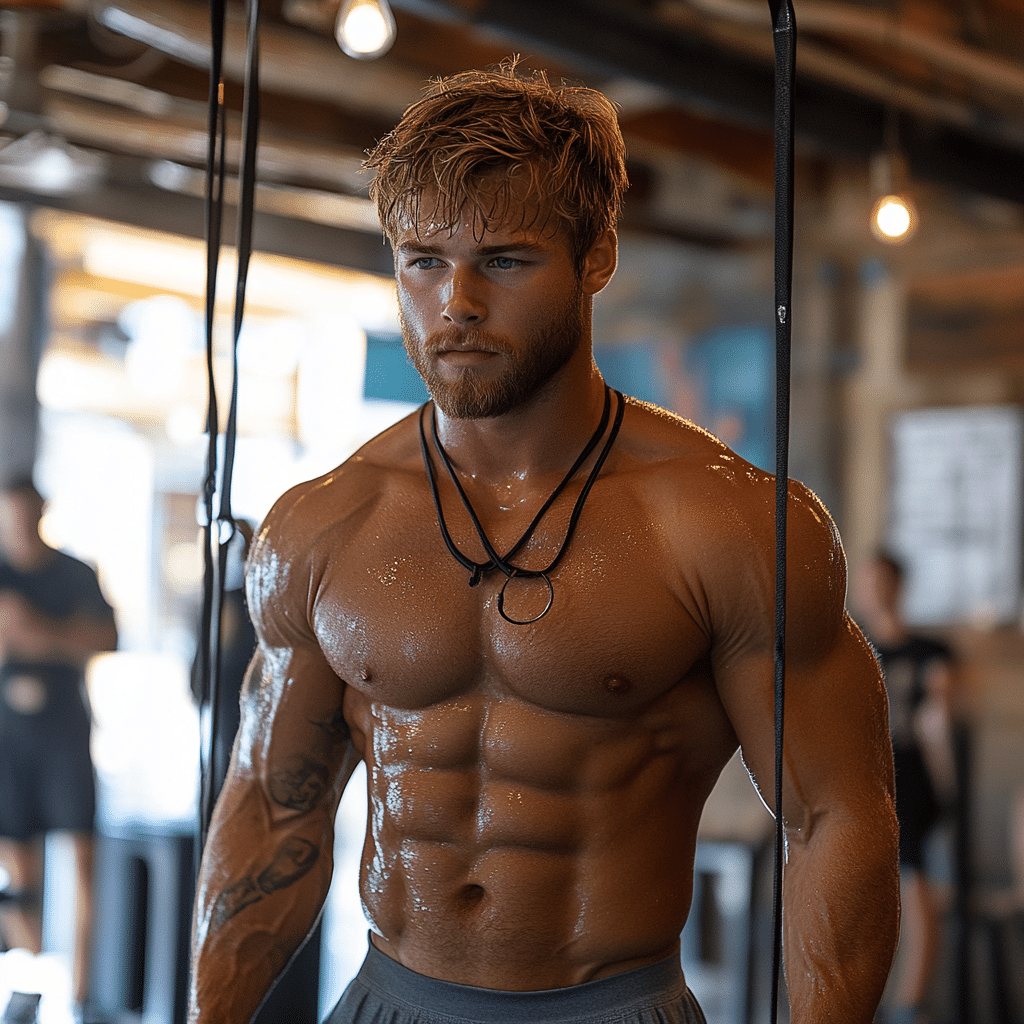
Top 5 Cable Chest Fly Techniques for Optimal Results
First off, let’s talk about one of the simplest yet most effective tweaks you can make: adjusting cable height. If you’re gunning for lower chest development, set those cables high. Think of it as putting yourself in the driver’s seat—using the Life Fitness Cable Pulley System, you can quickly make adjustments to get the angle just right.
But wait! If upper chest gains are what you crave, lower those cables closer to the ground. Changing the angle of motion makes a world of difference, allowing you to target different muscle fibers in your pecs. Trust me, this small adjustment can lead to massive results!
Next up is tempo training, which is all about manipulating speed for serious muscle development. When executing your cable chest fly, aim for a three-second
eccentric (that’s the negative part) followed by a one-second concentric (the positive phase). This method will boost your muscle tension and improve control throughout the movement.
Try it out using the Rogue Fitness Athena Cable Machine—its smooth movements make tempo training feel seamless. As you push through this technique, prepare to experience not just muscle growth, but also new levels of strength and definition.
Ever think about going solo? That’s right; single-arm cable chest flies can do wonders for building functional strength! By performing this variation using a single arm at a time, you’re not just shaping those pecs—you’re also enhancing your core engagement and stability.
For a killer experience, consider using the TRX Single-Point Suspension Training System. This tool brings your workouts to life while demanding maximum balance and control. You’ll not just be targeting your pectorals, but also creating a solid foundation of shoulder stability.
Now let’s chat about isometric holds. Holding the fly at peak contraction, where your hands come together, for three to five seconds cranks up your time under tension. This technique is fantastic for muscle endurance and growth.
Try this on the Smith Machine for added control during your holds—you won’t even need a spotter! By embracing this method, you’ll be packing extra muscles through targeted stress and engagement.
Want to blast through plateaus? Supersets might just be your best friend. Pair up cable chest flies with another exercise, like the bench press or push-ups, for double the muscle impact. This combo targets the chest like nobody’s business and keeps your heart rate soaring.
High-quality equipment, like the Technogym Excite+ Synchro Machine, ensures quick transitions between exercises. This method not only enhances muscle hypertrophy but builds serious fatigue resistance too. You’ll be pushing boundaries and smashing goals in no time!
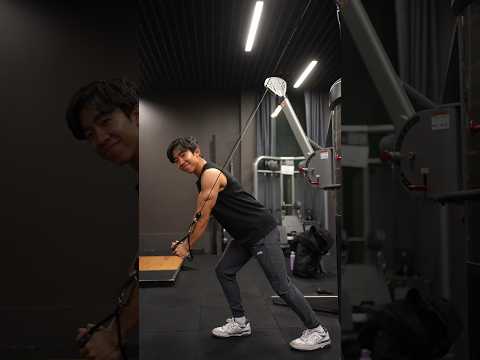
Common Mistakes to Avoid in Cable Chest Fly Execution
Mistakes can sabotage your gains and lead to injuries. Watch out for these common pitfalls to keep your form on point:
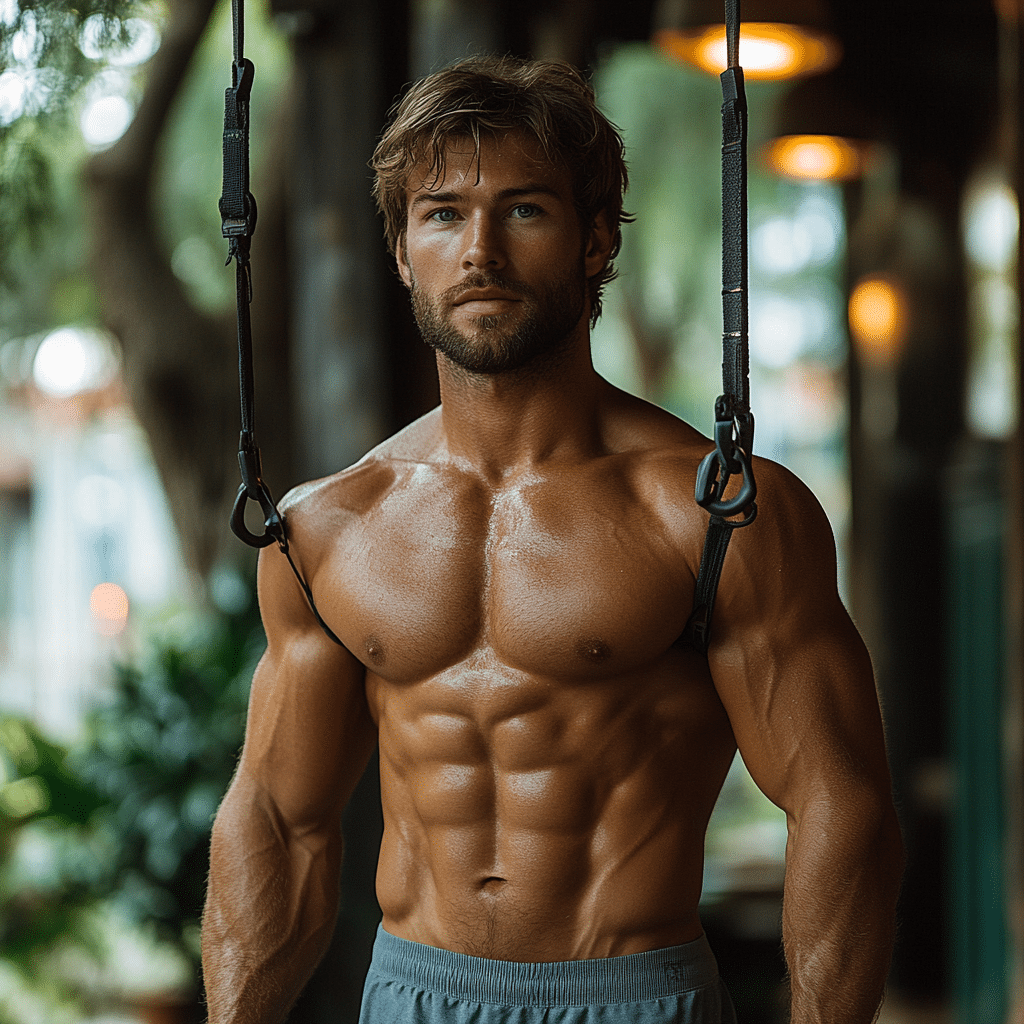
Building a Comprehensive Cable Chest Fly Routine
So, what’s next? A well-crafted workout program should include progression and sufficient volume. Aim for three to four sets of 8-12 reps with the techniques we discussed. Don’t forget to adjust the weight according to your fitness level—this is where the magic happens.
Mixing up your routine with variations and tempo training will continually challenge those muscles. As you build your cable chest fly routine, remember that consistency is key!
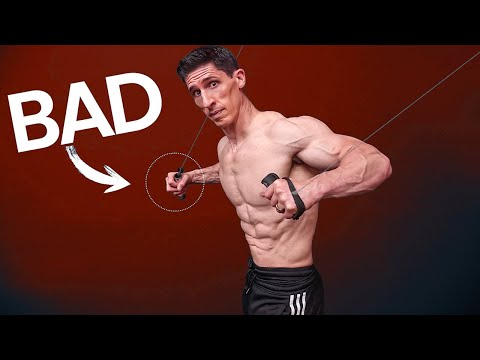
Innovating Your Chest Workout with Cable Chest Fly Variations
Revamping your chest workout with varied cable chest fly techniques revs up your muscle definition and keeps those workouts fresh. With all the tips we’ve gone over, there’s no shortage of ways to innovate. From cable height to tempo variations and supersets, every change you make can lead to improved strength and appearance.
As we roll into 2024, adopting these detailed cable chest fly techniques puts the power into your hands. You’ll be on your way to a sculpted chest that embodies effort, strategic planning, and an unwavering commitment to excellence. Ready to get shredded? There’s no time like the present to start.
Embrace the power of the cable chest fly; your dream body is waiting for you! Just remember that it’s all about consistency and smart training. Let’s crush those goals together!
Cable Chest Fly Techniques for Perfect Chest Definition
The Basics of Cable Chest Fly
The cable chest fly is a fan-favorite for sculpting the chest, allowing you to target pectoral muscles from various angles. With just a cable machine, you can achieve impressive gains that rival what you’d see on the golf course with the perfect set of Callaway golf Balls. This exercise provides a variety of benefits, including improved muscular endurance and a greater range of motion compared to traditional chest press movements. It’s no wonder that fitness enthusiasts are flocking to this versatile movement to define their upper body.
Fun Facts Behind the Technique
Did you know that the cable chest fly can simulate the actions of certain sports? Just like how a good set of Morgan Evans ’ “ Over For You ” Lyrics speaks to heartbreak, a well-executed cable fly can truly hit those deep chest fibers for aesthetic gains. Engaging those muscles correctly not only helps improve your physique but also enhances your performance in sports where upper body strength plays a vital role. Remember, coordination is key; think of it like performing with an orchestra, where every movement has its rhythm.
The Hidden Benefits of Cable Flying
Besides aesthetics, cable flying aids in joint health by providing a low-impact workout that minimizes strain compared to other exercises. This means it’s a go-to option for those rehabilitating from injuries or looking to maintain their fitness without overload. Speaking of unique settings, did you know that Fort Leavenworth Prison even has a fitness program? They utilize cable machines to keep inmates engaged and promote well-being, showing just how effective these machines can be in various environments.
Don’t forget that enhancements come from variety. Throw in some different angles and grips to really wake up those pectorals! It’s a bit like checking and adjusting your swing for the perfect drive; just as you’ll adjust your grip on those Callaway golf balls,( keep your cable chest fly routine fresh and exciting. And while you may not be getting a standing ovation like Veronica Falcón on stage, your gains will surely be your own form of applause!
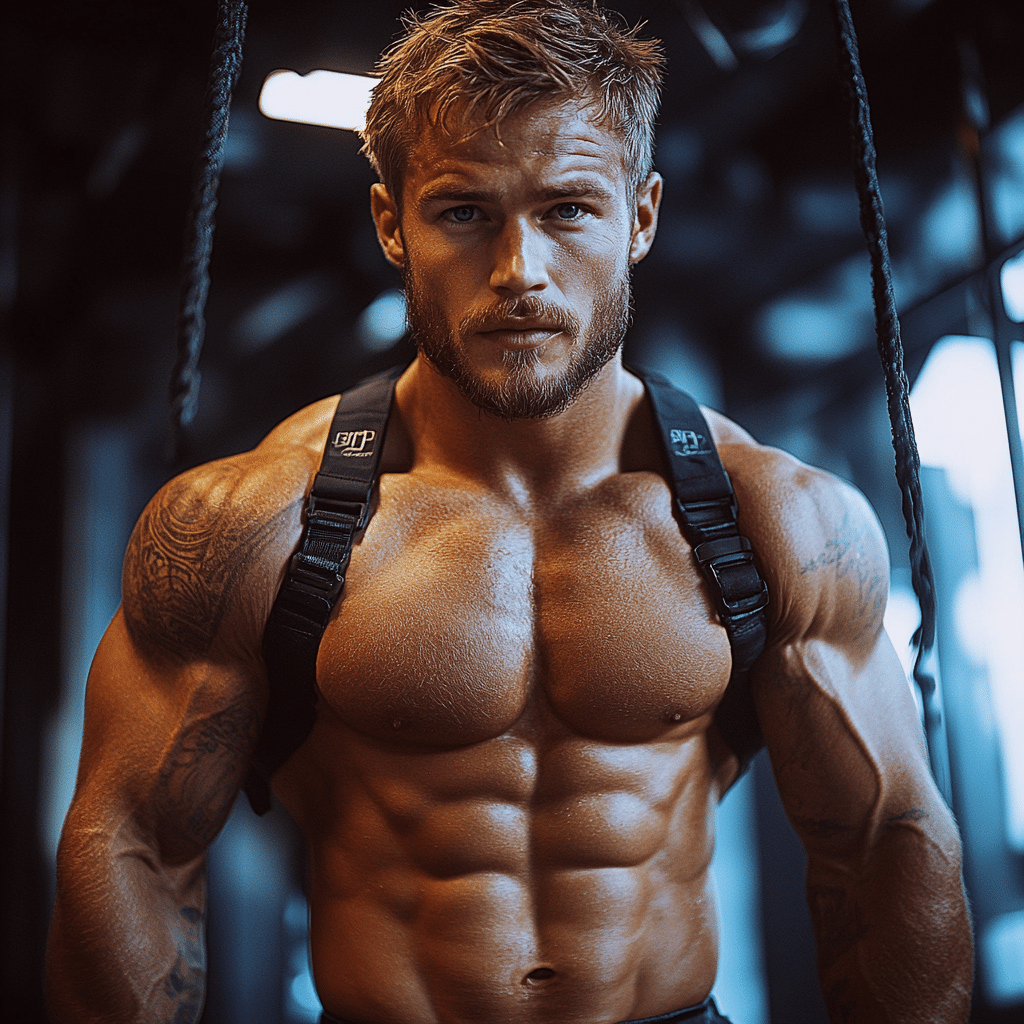
Is cable fly good for chest?
Cable flies are great for building chest strength and definition, as they effectively target the pectorals while engaging the deltoids, triceps, and core for stability.
What is the best angle for cable chest fly?
The best angle for cable chest flies is usually around 45 degrees. This helps ensure you hit your upper chest effectively while maintaining proper form and control.
How to do chest flys with a cable machine?
To do chest flies with a cable machine, stand between the cable pulley systems, grab the handles, and extend your arms to your sides at a 45-degree angle. Make sure to keep your core tight and control the movement throughout each rep.
What height should cable chest fly be?
The height for cable chest flies should generally be set around chest level or slightly above. This positioning allows for a full range of motion and optimal muscle engagement.
Can you get a big chest with just flys?
You can build a bigger chest with just flies, but for balanced development, it’s usually best to combine them with other exercises that target the chest, like presses or dips.
Why are chest flys so good?
Chest flies are great because they focus on the pectoral muscle activation and help prevent muscular imbalances, especially when done with proper form and during full-range movements.
How to properly do chest flys?
To properly do chest flies, start with light weights, stabilize your body, and lower your arms to your sides at a controlled pace while keeping a slight bend in your elbows. Focus on using your chest muscles to bring your arms back together.
Are cable fly and pec fly the same?
Cable flies and pec flies are similar in that they both target the chest, but they differ in the equipment used. Cable flies use cables, while pec flies typically refer to a machine designed specifically for that movement.
Are dips good for the chest?
Dips are effective for the chest, especially when leaning forward, as they also engage the triceps and shoulders, giving a well-rounded workout.
How many reps for cable fly?
For cable flies, aim for 8 to 12 reps per set for muscle growth, adjusting the weight as needed to maintain good form throughout.
Why are cable flys harder than machine?
Cable flies may feel harder than machine-based exercises like the pec deck because they require more stabilization and involve a greater range of motion, engaging the muscles differently.
Why do cable flys hurt my shoulders?
If cable flies hurt your shoulders, it might be due to improper form or using weights that are too heavy. Make sure to check your technique and adjust the weight to a more manageable level.
Should you go heavy on cable chest flys?
It’s generally best to go lighter on cable chest flies to maintain form and focus on the muscle contraction rather than lifting heavy weights, which could lead to poor execution.
What is the best angle for chest flys?
For chest flies, a significant stretch happens at the bottom, so aim to go back only as far as your shoulder flexibility allows while keeping the movement controlled.
How far back should chest fly go?
Yes, you can definitely build a chest using cables, as they allow for varied angles and tensions that can effectively target the pectoral muscles.
Can you build a chest with cables?
The fly machine can be good for the chest, offering a controlled environment that can help isolate the pectorals and develop muscle strength and size.
Is fly machine good for chest?
The cable chest press is effective because it mimics a bench press but adds the element of constant tension throughout the movement, which can lead to better muscle activation.
Is the cable chest press effective?
Cable crossovers and cable flies both work the chest, but crossovers may provide a greater range of motion and tension variation, making them preferable for some lifters, depending on their goals.



